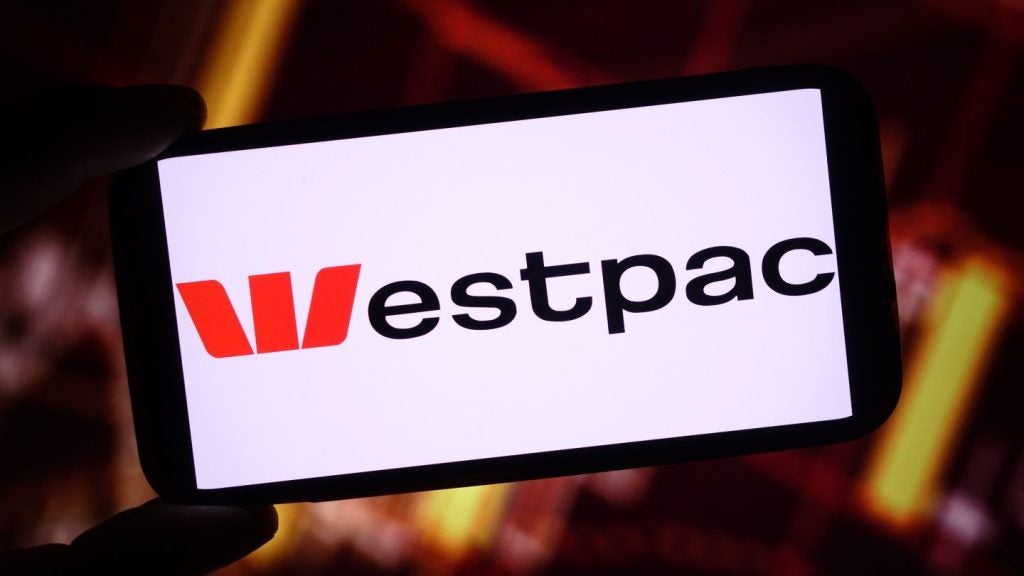Ceská sporitelna, the Czech Republic subsidiary of Austrian banking group Erste, has been one of the most successful major retail banks before, during and after the economic crisis. Jiri Skorvaga, Ceskas head of retail banking, discusses the banks channel investment, products and marketing strategy
?eská spo?itelna is widely credited by analysts and industry observers as one of European retail bankings success stories of the past decade.
Since its acquisition by Erste Bank in 2000, ?eská Spo?itelna (?eska), the Czech Republics second-largest bank by assets and the countrys largest retail bank, has undergone a significant transformation. 
With more than 5m clients and a branch network of 653 outlets, it is well placed to grow profits once the economic recovery gathers pace.
At the heart of Ceskas success has been its focus on loyalty product innovation and multi-channel investment.

US Tariffs are shifting - will you react or anticipate?
Don’t let policy changes catch you off guard. Stay proactive with real-time data and expert analysis.
By GlobalDataAs recently as 1999, Ceska could be described as anything ranging from troubled to a basketcase.
In that year, Ceska lost CZK6bn ($292.6m), 45% of its loans were non-performing and many of its ATMs failed to work properly.
Staff numbers have been reduced from around 15,000 in 2000 to just over 10,000 in the first half of this year.
Product innopvation has included an attack on the mortgage market, introducing its Instant Mortgage product, which enables a potential customer to ascertain the approved mortgage amount he or she can be granted at the first meeting and the option to sign the loan contract at the same time.
The segmentation strategy pursued by Ceska has also paid off and is one of the main reasons for the banks recent success.
It currently has at least one banking contract with half of the population of the Czech Republic.
Investment in its digital channels has resulted in online banking customer numbers growing from 373,000 in 2002, to almost 1.4m at the start of this year.
Customer service initiatives have included Ceska becoming the first bank in the Czech market to set up an ombudsman for its clients, something Erste had experience of for many years but was totally new in the Czech market.
Marketing successes have included working with the technology vendor SAS to automate and optimize the banks data-mining process. The vendors software also enabled Ceska to ramp up its customer information to increase the profitability per product.
Jiri Skorvaga, Ceskas head of retail banking, discussed the banks ongoing and upcoming strategy plans with RBI.
RBI: Can you comment on the banks channel strategy, branch channel investment and future plans?
Jiri Skorvaga (JS) We have the largest branch network in the country and it is still growing. I would also say our call centre has been particularly good at cross-selling of products.
We will be distinguishing more service models for different clients as many new banks have entered the market over the last three years. We are moving towards different value propositions for different clients.
We have built the branch network up over the years, but started to change its geographic structure in 2006. As we had too large branches in some city centres, we started to shrink them and have new branches in the outskirts of cities, for instance at shopping centres, with extended opening hours. We did not actually increase the number of staff serving customers, but increased the number of locations [where we operated].
As part of this branch reorganisation, we conducted a comparative analysis of us and our competitors. This found a negative trend in terms of the banks market share and client attrition, compared to smaller cities. Therefore, our strategy has been to strengthen our position in larger cities where our competitors have been targeting.
We have been refurbishing about 80-100 branches a year and we are adding about 20 new branches every year.
RBI: What impact has the increase in the number of new branches and branch investment had on the banks performance?
JS: Of course, we have been growing our sales. Would the banks [sales be increasing] without branch refurbishments? It is difficult to say, but definitely clients appreciate the new environment than in our traditional branches. They also perceive that the branch is changing with our requirements.
RBI: In what areas is ?eská spo?itelna over-achieving compared to its competitors?
JS: The basic drivers of profitability in the Czech banking market are traditionally current accounts, cash loans, and of course, deposits. However, we have been in a very low interest rate environment for ten years.
[With the low interest rates], deposits were not drivers for profitability or revenue growth. Therefore, we had to think about what to do about the other two main sources of revenues, which are current accounts and cash loans.
Even before the crisis, we were very strong in current accounts and cash loans, but we were selling simple current accounts. As the next step, we came up with a new concept of current accounts, where customers can configure their current accounts with various functionalities.
We started to [encourage] clients to [switch to the] new accounts, which provided an opportunity to invite clients into our branches and talk to them about what services they had and the services they could have.
The result of these conversations with clients was that in the majority of cases, this led to the up-selling of services with current accounts.
We have increased cross-selling on current accounts and transaction traffic has also increased. Transactions are not typically free in the Czech Republic, so the increase directly influenced our revenues
The upselling of current accounts contributed CZK500m [ in revenue] for the bank, which was a significant boost.
RBI: Which product successes ought to be highlighted?
JS: With cash loans, we have introduced a process of instant credit decisions. This means either customers are pre-approved already, which allows them to obtain a loan when they are at an ATM. After the crisis, we started to sell payment protection insurance with our credit products that led to increased revenue.
A total of 60% of the loans we sold included payment protection insurance. This paid off during the crisis for clients as it allowed them to be insured. During the crisis, we realised that security is an issue for customers and have been considering their monthly payments as something they have to monitor more closely.
As a result, we offered them the opportunity to consolidate loans from us or from our competitors. This was a successful strategy and led to increased sales.
RBI: And on the liabilities side?
JS: We changed our strategy regarding deposits during the crisis too. As people have been thinking more responsibly [in terms of financial issues], we launched a new savings product. We were advising people to start saving regularly because they have to create their reserves.
RBI: The mis-selling of payment protection insurance has caused uproar in the UK. Has ?eská spo?itelna faced similar problems with it?
JS: We monitored what went wrong in the UK. [Compared to the UK], we were less aggressive in the pricing of payment protection insurance and we offered just two types of very simple insurance. So far, we have not had any issues with sales of payment protection insurance. We are monitoring customer complaints and customers rarely complain about it.
RBI: How does ?eská spo?itelna differentiate itself from its competiors?
Stability and friendliness are the banks main assets , as well as easy accessibility. Our name translates as the Czech Savings Bank. This emphasises the perception of stability and conservativeness.
RBI: How do you listen and learn from customers?
JS: We have an independent quality department measuring customer complaints and scoring how staff engage with customers. This influences bonuses across the bank.
RBI: How important has direct marketing been to the banks success in recent years?
JS: We have been building up our direct marketing capabilities over the last seven years and I believe we are pretty advanced. We are preparing campaigns through direct marketing and have a sizeable data-mining team.
Direct marketing provides us with a single hub of information for our interaction with customers. This means the customer is not receiving too many messages or is forgotten for good.
Efficiency has come from targeting much smaller campaigns with much higher frequency. We are running thousands of campaigns a year and we have been learning what is working.
RBI: What have been the most important factors driving ?eská spo?itelna s performance?
JS: There is no silver bullet. However, the bank implements a very professional approach to credit risk in terms of customer segmentation. Overall, it is about collaborating in terms of distribution, direct marketing, segment management and [managing] credit risk.
RBI: On segmentation, how do you define your target customers
JS: The majority of our customers come from the mass-market segment. We also service the mass affluent market, which is 10% of our client base.
We also have a proposition for our richest banks, which is called Premier Banking, which we consider as a laboratory to learn from. [We are targeting the higher-income bracket] because although the income of mass market consumers is shrinking, it is rising for the wealthy.
We will invest more in the high net worth area because this client segment is definitely growing.
RBI: How has your cross-selling ratios changed for the upper end of the wealth spectrum?
JS: Approximately, it was 3% and this has increased to approximately 3.5% over the past year.
RBI:Looking ahead to 2012, how do you summarise the banks priorities?
JS: We will be distinguishing more service models for different clients as many new banks have entered the market over the last three years. We are moving towards different value propositions for different clients.







